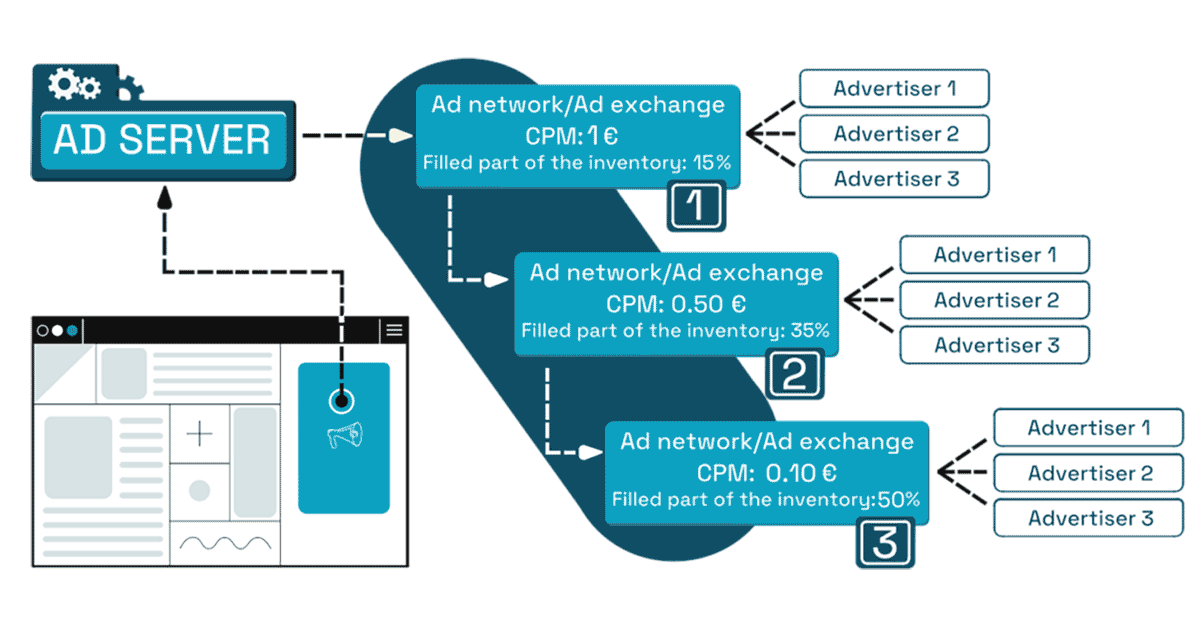Understanding Header Bidding and Its Impact on Page Latency
What is Header Bidding?
Header bidding is a programmatic advertising technique that allows publishers to offer their ad inventory to multiple demand partners simultaneously before making calls to their ad server. This approach increases competition for ad space, potentially leading to higher revenue. However, if not optimized properly, header bidding can introduce latency, negatively impacting user experience and overall site performance.
The Importance of Reducing Page Latency
Page latency refers to the delay in loading a webpage, which can significantly affect user engagement and ad viewability. High latency can lead to lower ad revenues as users may abandon slow-loading pages. Therefore, optimizing your header bidding script is crucial for maintaining a seamless user experience while maximizing ad performance.
Strategies for Optimizing Header Bidding Scripts
1. Optimize Bidder Count
One of the most effective ways to reduce latency is by managing the number of bidders involved in the auction process.
Finding the Right Balance
Research suggests that keeping the bidder count between five and ten can prevent significant delays in page loading time. While more bidders can increase competition, excessive numbers can overwhelm the system and slow down response times. Regularly evaluate your bidder performance and remove underperforming partners to maintain optimal efficiency.
2. Implement Single Request Architecture (SRA)
Single Request Architecture (SRA) is a method that allows multiple ad requests to be bundled into a single HTTP request.
Benefits of SRA
By consolidating requests, SRA reduces the number of HTTP calls made during the bidding process, significantly lowering page latency. If you are using Prebid.js as your header bidding solution, consider implementing this architecture to streamline your ad calls and improve load times.
3. Utilize Content Delivery Networks (CDNs)
Employing a Content Delivery Network (CDN) is a standard practice for reducing page latency.
How CDNs Work
CDNs cache static elements of your website on local servers around the globe, allowing users to access content more quickly based on their geographic location. By serving ads from a nearby server, you can enhance load times and improve overall user experience.
4. Optimize Timeout Settings for Demand Partners
Each demand partner in header bidding has a specific timeout period during which they must respond with a bid.
Setting Optimal Timeouts
Adjusting these timeout settings can help minimize delays caused by slow responders. Set reasonable timeouts that balance the need for competitive bids with the urgency of loading ads quickly. Too long a timeout can lead to unnecessary waiting periods for users.
5. Consider Hybrid Header Bidding
Hybrid header bidding combines both client-side and server-side bidding methods.
Advantages of Hybrid Solutions
This approach allows you to leverage the benefits of both architectures—maintaining transparency and control while reducing latency associated with client-side bidding. By offloading some processes to the server side, you can enhance performance without sacrificing targeting capabilities.
Regular Monitoring and Testing
6. Consistent Debugging and Performance Analysis
Regularly monitor your header bidding script’s performance to identify any issues affecting page speed.
Importance of A/B Testing
Conduct A/B tests with different configurations, including varying numbers of demand partners and timeout settings. Analyzing how these changes impact page load times will help you fine-tune your setup for optimal performance.
7. Use Debugging Tools
Utilize tools like Headerbid Expert or BidFilter to gain insights into how each demand partner impacts latency.
What These Tools Offer
These tools provide valuable data on response times from demand partners, allowing you to identify which ones may be causing delays and take corrective actions accordingly.
Conclusion: Enhancing Performance Through Optimization
The Path to Improved Ad Revenue and User Experience
By implementing these strategies to optimize your header bidding script, you can significantly reduce page latency while improving overall site performance. A well-optimized header bidding setup not only enhances user experience but also maximizes ad revenues through increased competition among bidders. Embrace these best practices today to ensure your website remains fast, efficient, and profitable in the competitive landscape of online advertising!

